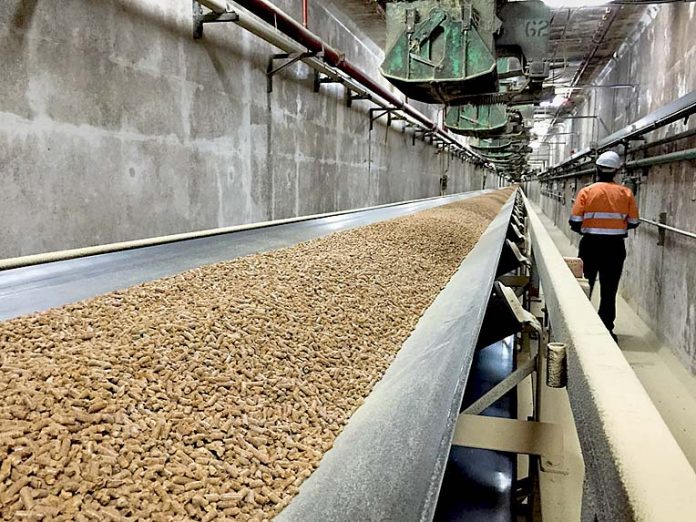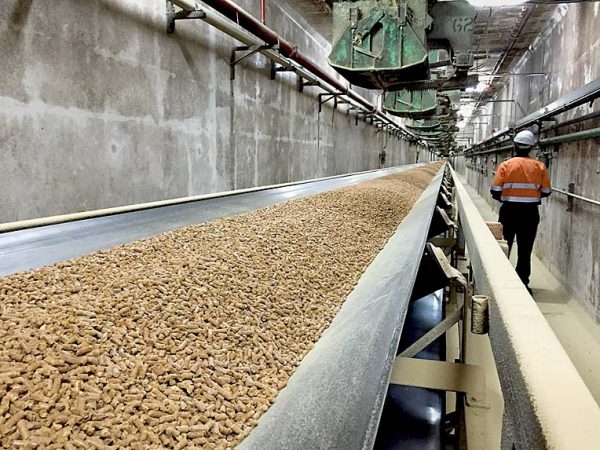

THE Mount Gambier district could become home to one of the world’s largest wood pellet manufacturing facilities if a $1m feasibility study gives the project the green light.
The developer, Altus Renewables, has revealed for the first time it has identified a parcel of land in the Mount Gambier district – inside the South Australian border – for the $125m potential project.
According to Altus, the exact location could not be released at this stage due to commercial sensitivities.
The proposal moots the construction of Australia’s largest wood pellet factory, which could potentially produce over 500,000 metric tonnes of pellets annually to feed into international coal-fired power generation plants.
Japanese power giant Mitsui is tapping into the global wood pellet market in its efforts to contribute to a low carbon economy.
While the Altus has revealed the feasibility study appears positive, a final decision is not expected to be announced until later this year.
If the project gets the green light, it will be a major step in harnessing the potential of the region’s surplus woodfibre.
Speaking exclusively with The Border Watch, Altus Renewables managing director Ian Sandeman said the project was remained firmly on track, but ultimately the feasibility study would determine its fate.
If the project received the green light, he said the facility would deliver a major boost to the Limestone Coast economy.
“Based on other regional wood pellet factories built in the United States, the number of construction jobs would be between 480 to 520 and would the facility would create between 200 and 220 full time equivalent ongoing jobs,” Mr Sandeman said.
While the company had been working on the proposal for some time, he said the outcome of this work was nearly a conclusion.
He said the company had already made significant head way with identifying the site, negotiating with potential suppliers of wood fibre and access to the Port of Portland.
Importantly, Mr Sandeman said the Mitsui – a major Japanese power company – was partnering with Altus in exploring the construction of the South East project.
“We have found an ideal site inside the South Australian border – we are working to secure the site,” he said.
Regarding availability of woodfibre in the region, he said a study had indicated there was an adequate resource available.
Mr Sandeman said the factory would tap into the woodfibre resource not being harnessed in the region, which would include off-cuts from processing facilities.
The processed factory would complement the existing industry, such as processors and growers.
“We will not be competing in the market with processors,” the company chief said.
According to the company, the project could be rolled out in two stages with the facility initially starting processing 300,000 metric tonnes per year.
“We have the intention the facility will be operation and online by 2021-22,” Mr Sandeman said.
He said the Japanese power station used wood pellets to reduce their carbon emissions.
It is estimated the manufacturing facility will take two years to complete.
Altus already has a foothold in the Australian renewable woodfibre sector with its south-east Queensland Tuan processing facility.
Mitsui is focusing on woody biomass, one of a range of new fuels with a low environmental impact.







